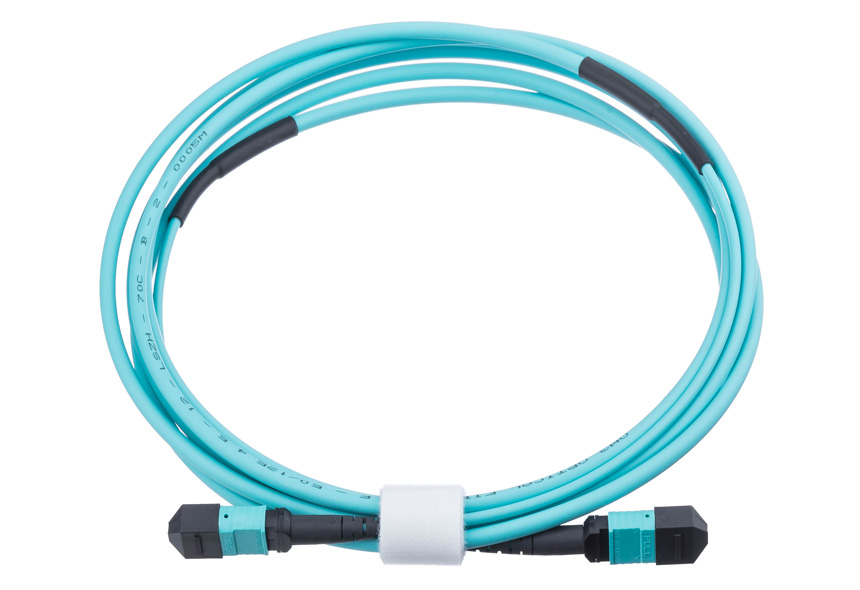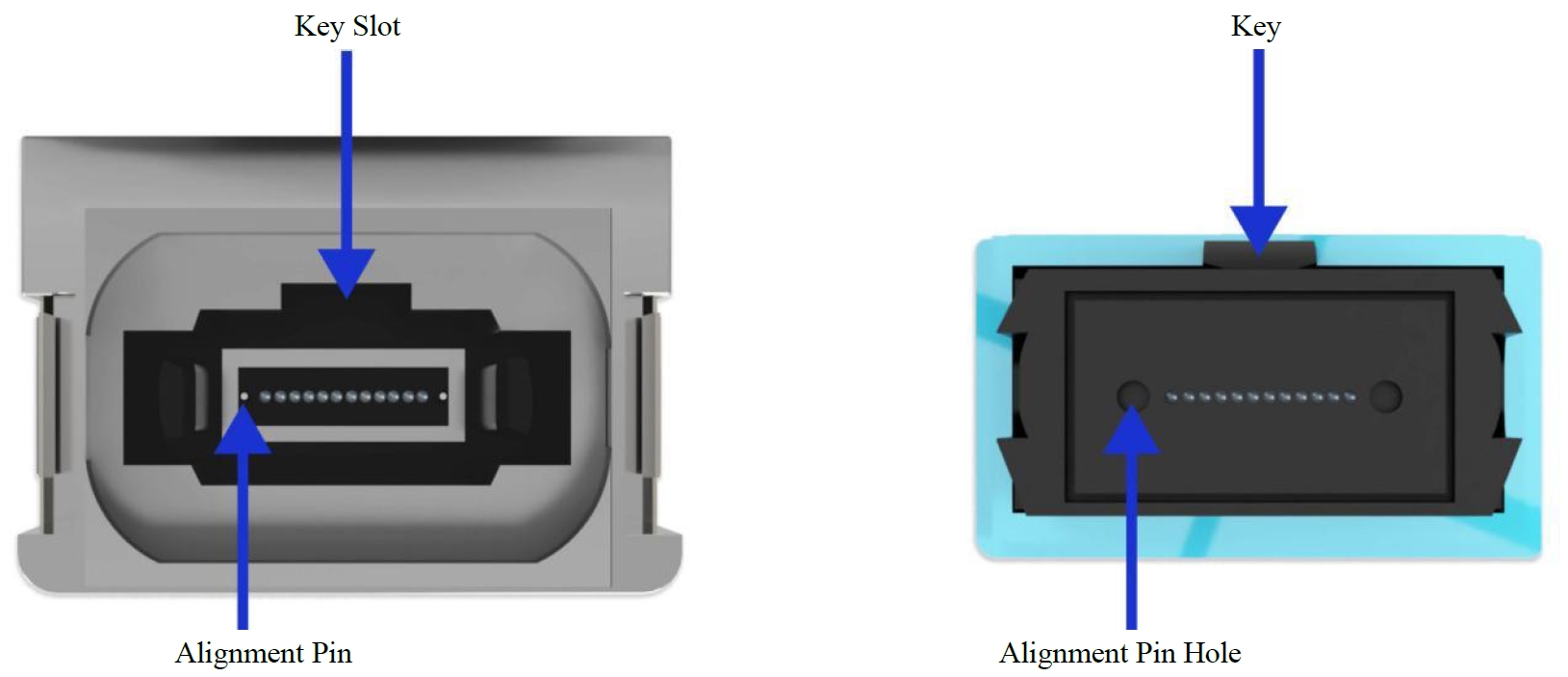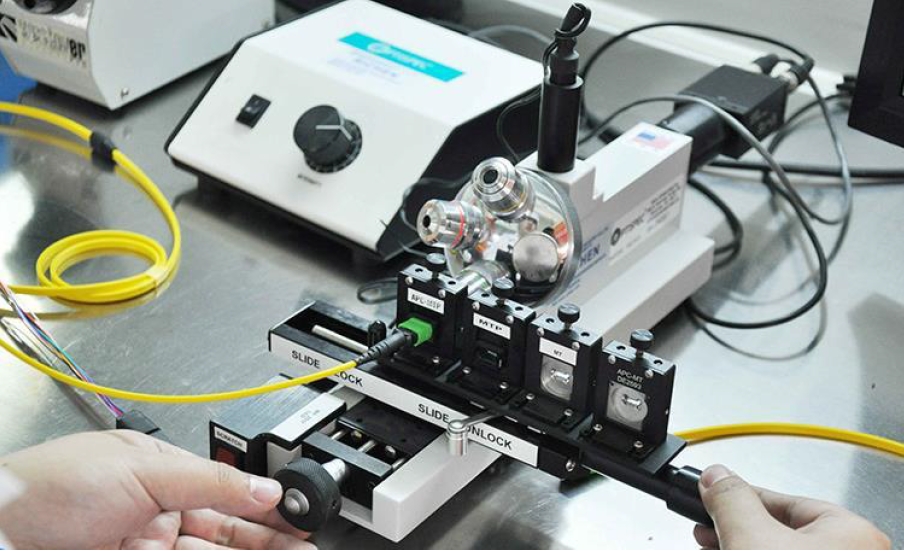
|
Parameter |
Min |
Typical | Max | Unit | |
| Operating Wavelength | Singlemode | 1310 / 1550 | nm | ||
| Multimode | 850 | nm | |||
| Insertion Loss | Singlemode Low Loss | 0.30 | dB | ||
| Multimode Premium | 0.30 | dB | |||
| Return Loss | Singlemode | 65 | dB | ||
| Multimode | 20 | dB | |||
| Fiber Type | Follow PN Description | ||||
| Follow PN Description | |||||
|
Length |
Follow PN Description | m | |||
|
Length Tolerance |
L < 1m | ±50 |
mm |
||
| 1m < L < 3m | ±100 | mm | |||
| 3m < L < 10m | ±200 | mm | |||
| L > 10m | ±3 | mm | |||
| Jacket Type | Flat Cable / Round Cable | OFNP / OFNR | |||
| Jacket Diameter | Follow PN Description | mm | |||
|
Jacket Color |
Yellow |
SMF G652 and G657 Fiber | |||
| Orange | OM1 62.5/125 um, OM2 50/125um | ||||
| Aqua | OM3 50/125um, OM4 50/125um | ||||
✔ Multi Fiber Push-On Connector;
✔ Male or Female Connector;
✔ Keying position – Key Up or Key Down;
✔ MTP MPO Cable Number of fiber strands (12, 16, 24, 32, 48…);
✔ Fiber Strand Color Code;
✔ Fiber-Polarity – Type A, Type B, Type C;
✔ MPO Jacket Color;
✔ MPO Trunk Cables;
✔ Trunk Cable schematic/structure images and pinouts;
✔ MPO Break-out Cables;
✔ Loose Tube and Ribbon Fiber Cable.
MTP MPO Cables
Nowadays, MTP MPO Cables are used interchangeably. However, they are not one and the same. MTP is an enhanced MPO cable version. Firstly, MTP connector has a removable housing that allows to polish, re-work and change connector heads. Secondly, it has a more advanced mechanical support system to ensure that cable is not easily broken inside the connector housing. Nevertheless, many MPO has implemented similar mechanical support and provide breaking resistance from extensive bending force, but does not guarantee a removable housing.
Multi Fiber Push-On Connector
Best place to start is the connector as it is an easy way to distinguish the cable. There are many different types, for example, LC, SC, MT-RJ to name a few. MPO (Multi-Fiber Push On) connectors are semi-recent and widely used. However, demand and use for MPO will grow as more and more data lanes are required to keep up with 400G Ethernet demands. 100G SR4 in a QSFP28 form-factor MPO connector and a suitable MPO cable connector can be seen in the image below:
From the image it can be seen that there are several important points for choosing the correct MPO cable.
✔ Number of fibers/strands;
✔ Male or Female Connector;
✔ Keying, position of the key-Key Up or Key Down;
✔ Fiber-Polarity-Type A, Type B, Type C or Custom.
✔ High density interconnects for:Telephony central office and local loop & Data Communications;
✔ Provides interconnect for parallel optical transmitters and receivers.

© 2024-2026 ARTIC FIBER OPTIC CO.,LTD. All Rights Reserved.